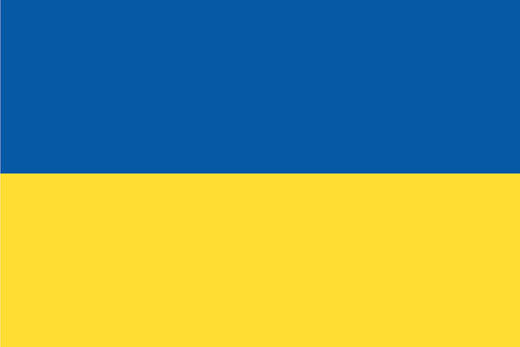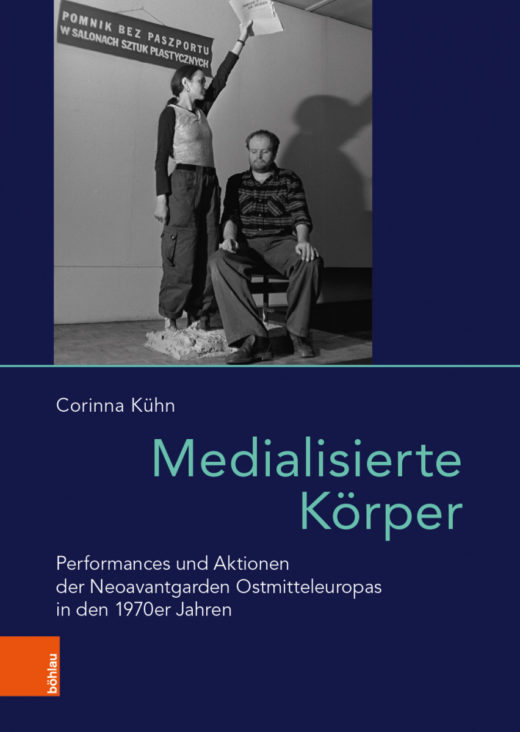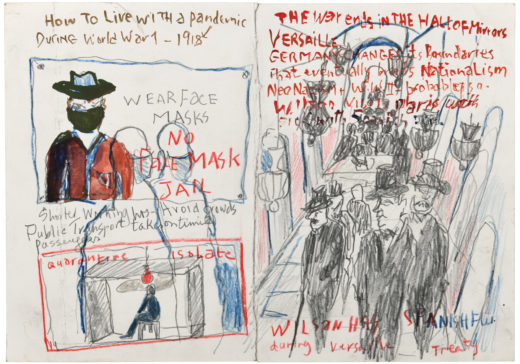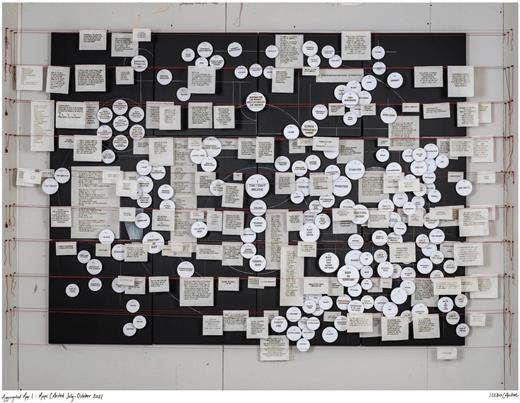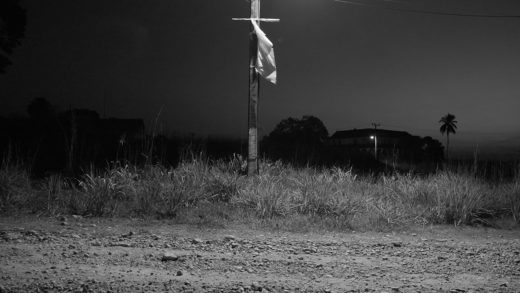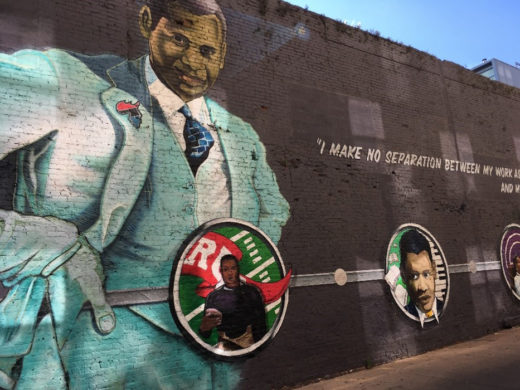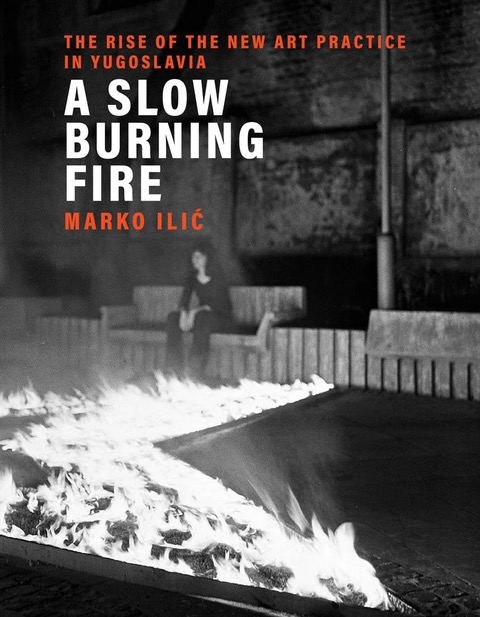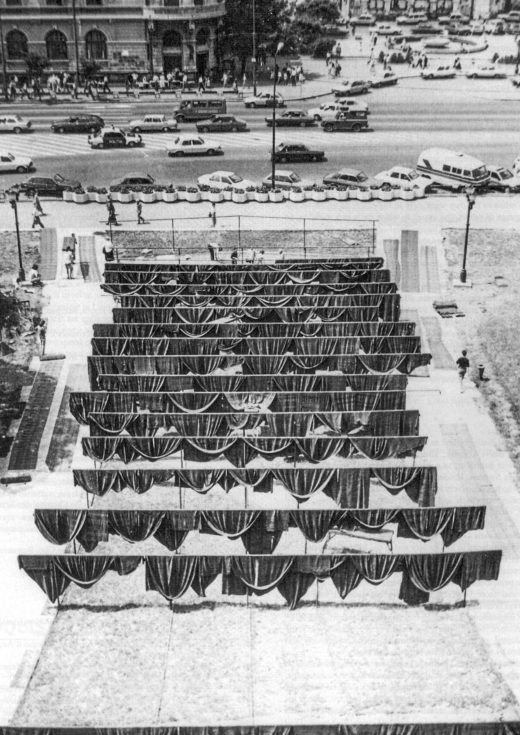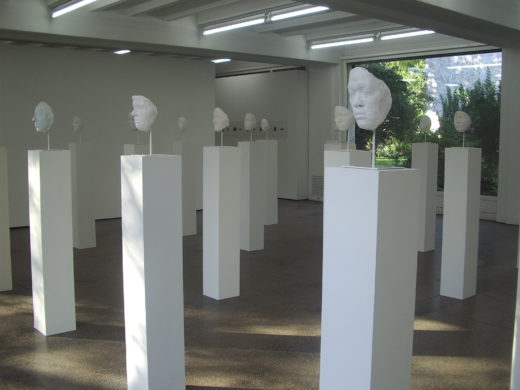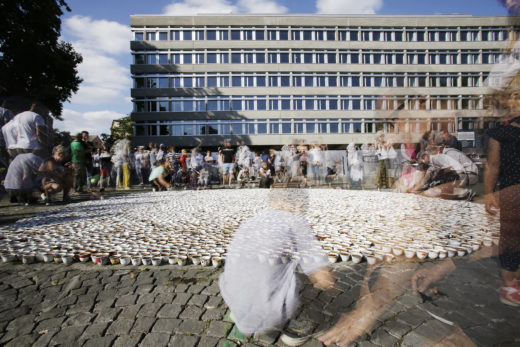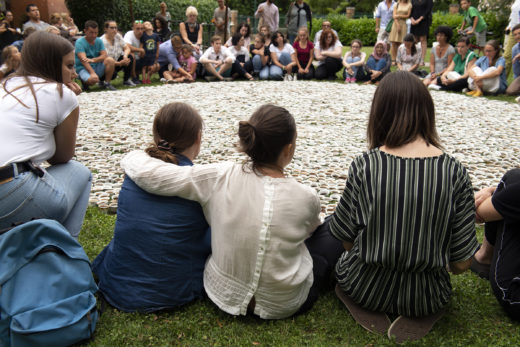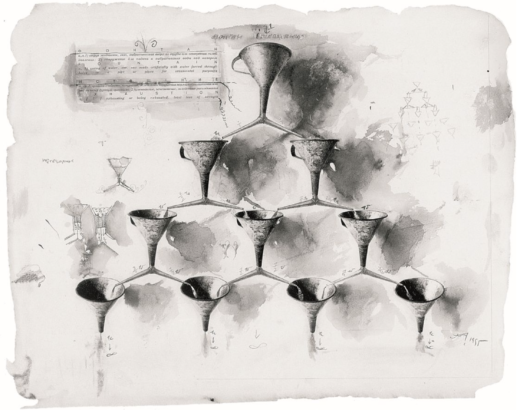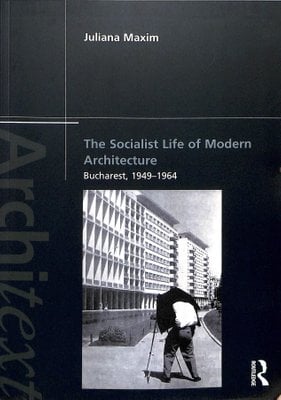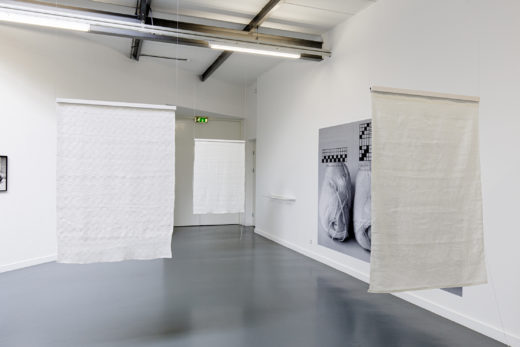The Story of the Ukrainian Pavilion in Venice and Exhibition-Making as a Matter of Cultural Survival: An Interview with Maria Lanko
With the upcoming 59th International Art Exhibition in Venice on April 23, Maria Lanko, Lizaveta German, and Borys Filonenko—the curators of artist Pavlo Makov’s project Fountain of Exhaustion. Acqua Alta for the Ukrainian Pavilion—have found themselves in a difficult situation that has made it impossible for them to continue working on the exhibition. On March 8, 2022, the organizers of the pavilion announced that “despite the ongoing war, the team managed to evacuate the fragments of [Makov’s] artwork from Kyiv” and will be able to present it at the upcoming Venice Biennale.(“Ukrainian pavilion will make it to La Biennale … Read more


